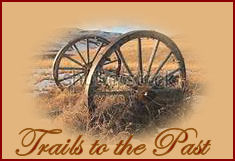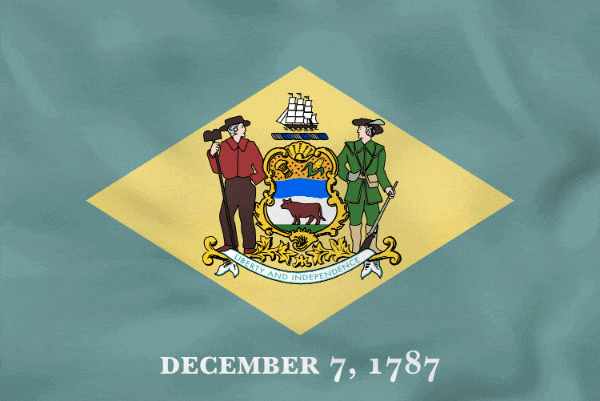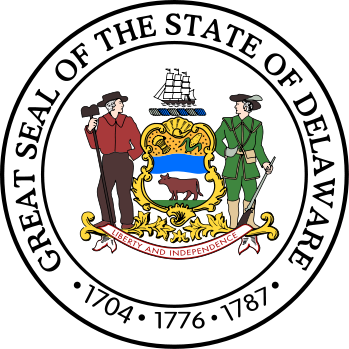 |
DelawareThe First State7 Dec 1787 |
 |
 |
DelawareThe First State7 Dec 1787 |
 |


Forms: General Information Counties African American Books Government Native Americans News Stories & Traditions TTTP Projects Cherokee Strip Live Stock Association NEIGHBORING STATES  |
Delaware,
which was the first colony to ratify the United States Constitution,
became the first state of the United States. Before the arrival of Europeans, the area was inhabited by several tribes of Native Americans including the Lenape, whom the Europeans called the Delaware Indians because they were indigenous to the Delaware River Valley, in the north and the Nanticoke in the South. Delaware was one of the original thirteen colonies. The colony was originally discovered by Henry Hudson in 1609. In 1610 he colony was named Delaware by Captain Samuel Argall of Virgina. Delaware, as well as the Delaware River, received its name in honor of Thomas West (1577-1618), third Baron De La Warr who was the ruling governor of Virginia. In 1631, the Dutch established a trading post at Zwaanendael, near the present town of Lewes. The settlers were killed within a year because of a dispute with local Native Americans. In 1638, New Sweden was settled at Fort Christian (now Wilmington) as a Swedish trading post and colony. In 1651, the Dutch established a fort at present day New Castle. They conquer the New Sweden colony in 1655. In 1664, the Dutch Colony was conquered by a fleet of English ships commanded by Sir Robert Carr, under the direction of James, the Duke of York. In 1682, ownership of the land was passed to William Penn of Pennsylvania. They subsequently became know as 'the Lower Counties on the Delaware. Initially the two colonies were ruled under one governing council, but in 1704 the two provinces (colonies) began meeting on the own. On 15 June 1776, Delaware declared itself independent of British and Philadelphia rule. Although listed as a slave state, Delaware voted by to secede from the Union during the American Civil War. Although there were Delawareans who served in the confederate army, they were the only "Slave State" that did not assemble a confederate regiment. The slave population began to decrease as the agricultureal economy began shifting from tobacco to mixed farming. The Methodist and Quakers also encouraged slave owners to free their slaves. By the 1860 U. S. Census, the slave population within the state had dropped to 8.3 percent. Shortly after the Civil War, Delaware freed the remaining slaves within the state. However, the state rejected the 13th, 14th, and 15th amendments to the U. S. Constitution. The state officially ratified the amendments on 12 February 1901. Sources: 1) Wikipedia 2) Infoplease This
site
may be freely linked, but not duplicated without consent.
All rights reserved. Commercial use of material within this site is prohibited. The copyright (s) on this page must appear on all copied and/or printed material. © 2010 - Presented by Delaware, Trails To The Past Administrator. This site is graciously hosted by Genealogy Village View My Stats |